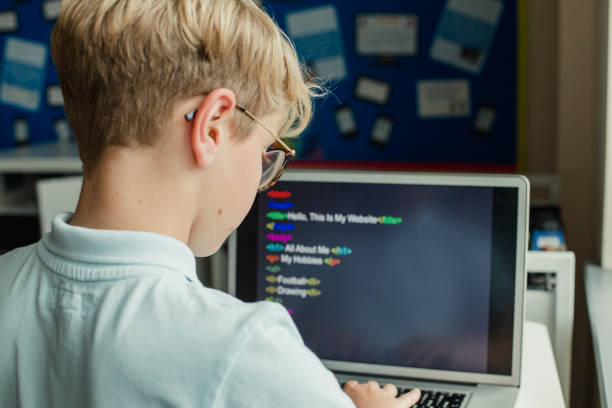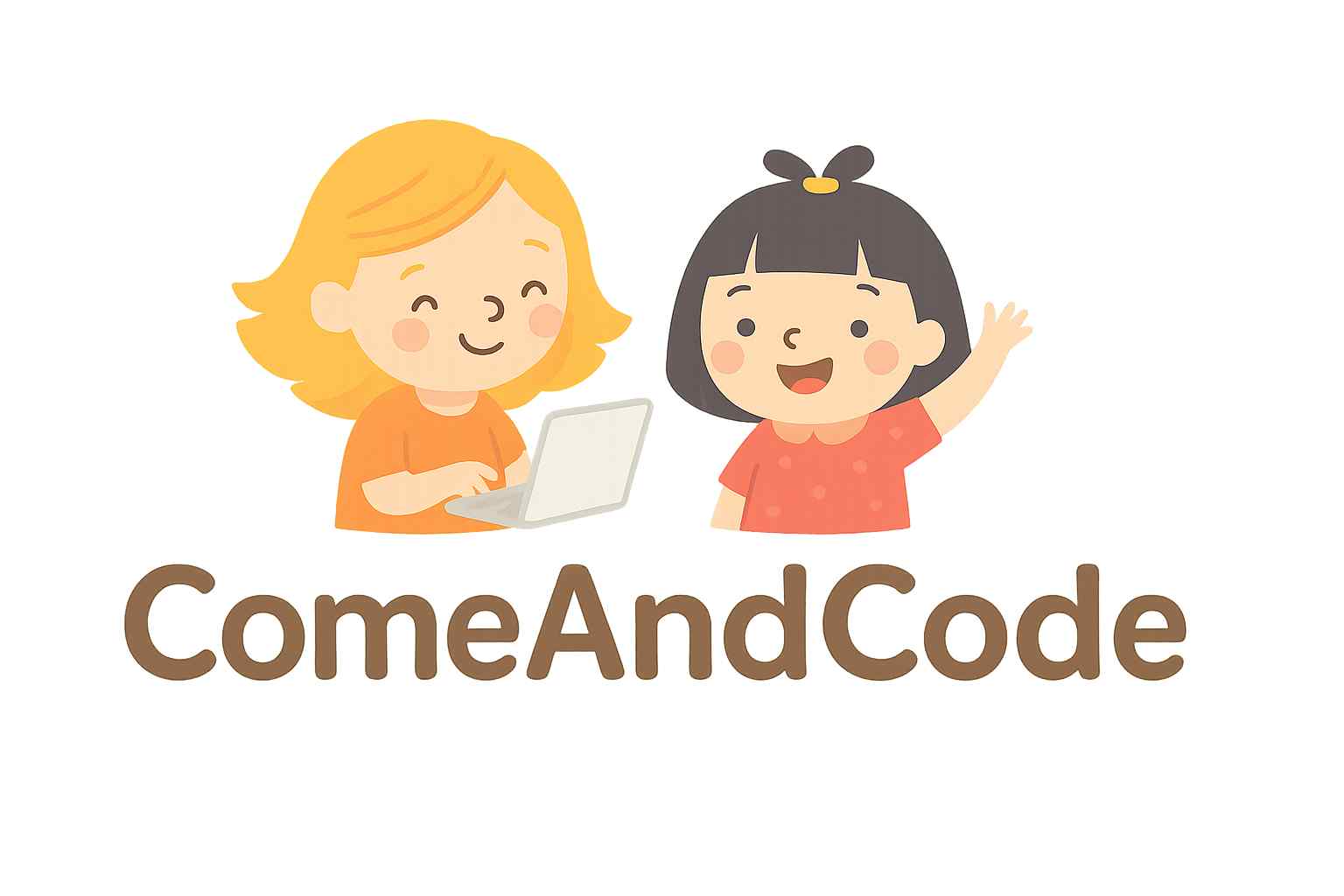What is the Best Age for Your Child to Start Learn to Coding? has become an essential skill, fostering critical thinking, problem-solving, and creativity. As a parent, you might wonder when is the ideal time for your child to start learning coding. This comprehensive guide explores the best age for children to begin coding, the benefits of early coding education, and practical steps to introduce coding concepts effectively.
The Importance of Learning to Code

1. Developing Problem-Solving Skills
Coding teaches children how to break down complex problems into smaller, manageable parts. This process enhances their analytical skills and ability to think logically, which can be applied to various aspects of life and learning.
2. Encouraging Creativity
Coding allows children to create their own projects, from simple games to interactive stories. This creative aspect fosters innovation and imagination, encouraging them to think outside the box and develop unique solutions.
3. Building Future-Ready Skills
In an increasingly digital world, coding is a valuable skill that opens doors to numerous career opportunities. Early exposure to coding can give children a head start in understanding technology and its applications, preparing them for future careers in tech fields.
4. Enhancing Academic Performance
Coding integrates skills from various subjects, including math and logic. Learning to code can reinforce mathematical concepts and improve overall academic performance by fostering a deeper understanding of problem-solving strategies.
The Ideal Age to Start Learning to Code
1. Early Childhood (Ages 4-6)
Introducing Basic Concepts
At this stage, the focus should be on introducing fundamental coding concepts through play. Tools like coding toys and games that use visual blocks (such as Cubetto or Bee-Bot) help children understand basic sequencing and problem-solving without requiring advanced literacy or math skills.
Developing Computational Thinking
Children in this age group can grasp basic concepts of order, sequence, and pattern recognition. Engaging in activities that involve sorting, patterning, and simple cause-and-effect games lays the groundwork for more structured coding education later on.
2. Primary School (Ages 7-10)
Learning Through Games and Interactive Tools
By this age, children can start using more sophisticated coding tools designed for beginners. Platforms like Scratch or Code.org offer interactive, game-based environments where children can drag and drop code blocks to create animations and simple games. These platforms introduce basic programming concepts such as loops, conditionals, and variables in a fun and engaging way.
Encouraging Exploration and Creativity
At this stage, children should be encouraged to explore their interests and create their own projects. Providing opportunities to experiment with coding and work on personal projects can enhance their enthusiasm and creativity.
3. Pre-Teen and Teen Years (Ages 11-15)
Learning Text-Based Programming Languages
As children reach their pre-teen and teenage years, they can begin learning text-based programming languages like Python or JavaScript. These languages offer a more complex coding experience and introduce concepts such as syntax, data structures, and algorithms.
Building Real-World Skills
During this period, children can work on more advanced projects, such as building websites, developing apps, or creating games. Participating in coding clubs, hackathons, or online coding courses can provide additional support and foster collaboration with peers.
Benefits of Early Coding Education
1. Cognitive Development
Early coding education enhances cognitive development by promoting critical thinking and problem-solving skills. Children learn to analyze problems, devise solutions, and think logically, which can improve their overall cognitive abilities.
2. Increased Confidence
Mastering coding concepts and creating their own projects can boost children’s confidence and self-esteem. As they see their ideas come to life, they gain a sense of accomplishment and a greater willingness to tackle new challenges.
3. Improved Collaboration and Communication
Coding often involves teamwork, whether in a classroom setting or a coding club. Children learn to collaborate, share ideas, and communicate effectively with others, skills that are valuable in both academic and social contexts.
4. Enhanced Technological Literacy
Understanding coding and technology equips children with essential skills for the digital age. They become more adept at navigating technology, understanding its functions, and applying it to solve real-world problems.
Choosing the Right Coding Tools and Resources
1. Coding Toys and Games
For younger children, coding toys and games offer an interactive way to introduce basic concepts. Examples include:
- Cubetto: A wooden robot that teaches coding through physical blocks.
- Bee-Bot: A programmable robot designed for early learners.
2. Visual Programming Platforms
As children progress, visual programming platforms provide a user-friendly introduction to coding:
- Scratch: A visual programming language that uses drag-and-drop blocks to create projects.
- Code.org: Offers interactive lessons and games to teach coding fundamentals.
3. Text-Based Programming Languages
For older children, transitioning to text-based programming languages can provide a more in-depth coding experience:
- Python: Known for its simplicity and readability, making it ideal for beginners.
- JavaScript: Widely used for web development and interactive applications.
4. Online Courses and Coding Camps
Online courses and coding camps offer structured learning environments and expert guidance. Platforms like Khan Academy, Codecademy, and Tynker provide courses tailored to various age groups and skill levels.
Supporting Your Child’s Coding Journey

1. Encourage Exploration
Allow your child to explore different coding projects and interests. Encourage them to experiment with new ideas and follow their passions, whether it’s creating games, designing websites, or developing apps.
2. Provide Resources
Equip your child with the necessary resources, including books, online courses, and coding kits. Support their learning by providing access to tools and materials that match their skill level and interests.
3. Foster a Growth Mindset
Promote a growth mindset by celebrating successes and learning from challenges. Emphasize the importance of persistence and problem-solving, and encourage your child to approach coding with curiosity and resilience.
4. Create a Supportive Environment
Create a conducive learning environment by setting aside time for coding and providing a quiet, comfortable space for your child to work. Participate in coding activities with them when possible and offer encouragement and positive feedback.
Conclusion
The best age for your child to start learning to code depends on their developmental stage and interest level. While early exposure to coding concepts can be beneficial, children of all ages can successfully learn coding with the right tools and support. By introducing coding in a fun, engaging, and age-appropriate manner, you can help your child develop valuable skills that will serve them well in the digital age.
